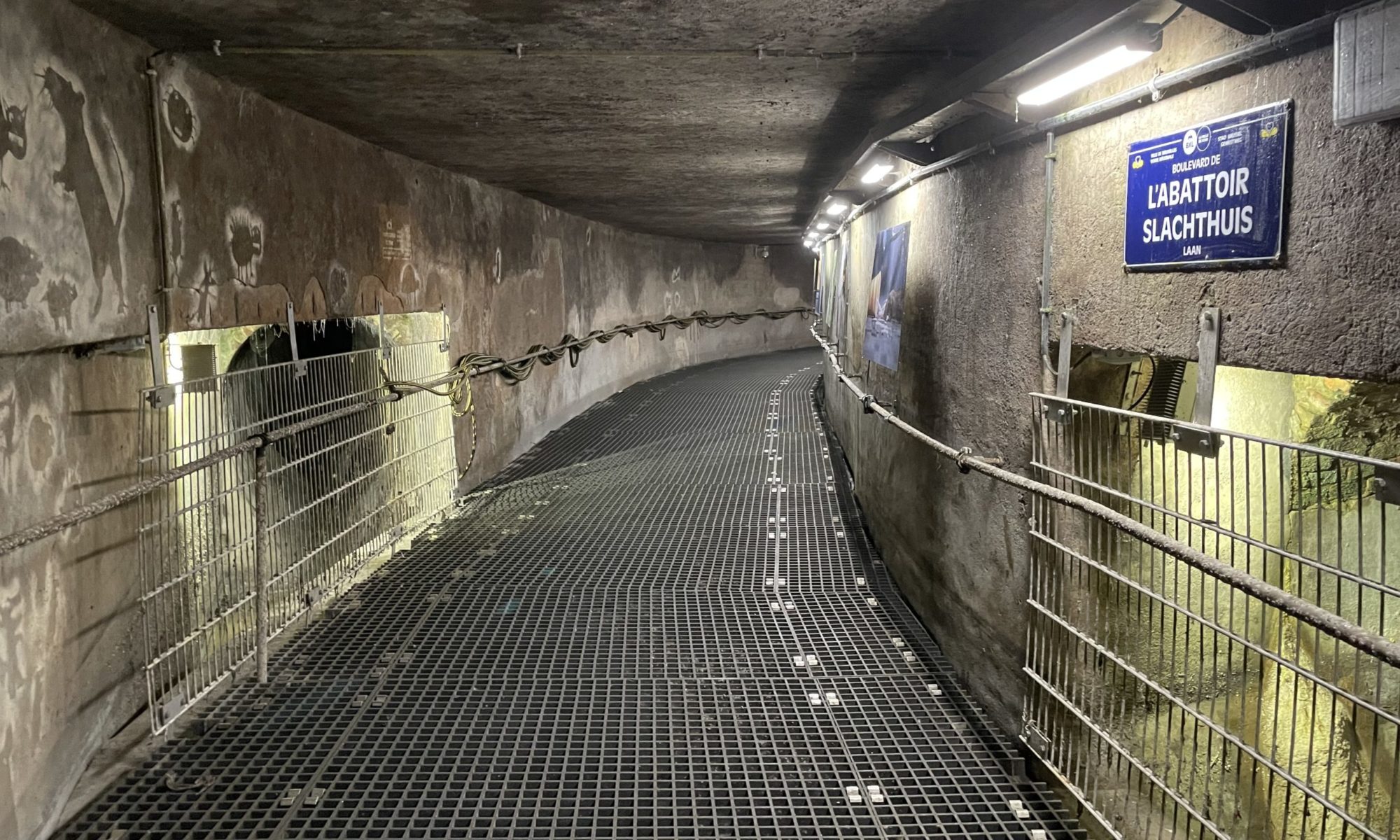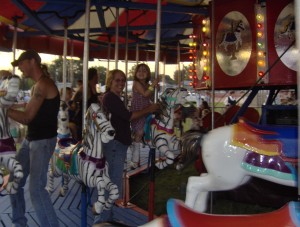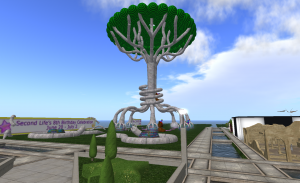Today I read a great article about digital citizenship, Digital Citizenship and the Forward Edge Transference, written by Mike Langlois, LICSW. In his post, Langlois discusses many similarities between online and offline behavior. This was interesting to me because as a local government employee, I've also recognized many similarities between offline communities and online spaces. But my focus usually tends to be more on how the community functions as a whole. Langlois is in the psychotherapy and social work fields, so his perspective seems to be more targeted at the individual and interpersonal level. But both of our observations meet at the same very important point in all this – people are viewing, approaching, and behaving in these online spaces as though they are in an actual place. They rely on and feel loyalty and obligation to the digital space where they hang out, and this sense of responsibility extends to the people there with whom they interact.
The significance of these observations to offline and online governance should not be underestimated. It will eventually have major impacts as digital populations increase. One example is the current sign of unrest among the population of the virtual world of Second Life. If this were occurring in an offline community, the solution would be to develop a comprehensive plan. And if we acknowlege that people in a digital space are behaving as they would in an offline space, there is no reason to believe we should not apply this same solution to Second Life. If we do not, past experience in the offline world has proven we risk diminishing the success of our community.
While a comprehensive plan is not a cure-all, the practice of going through it and the final document can go a long way in helping move a community forward. These plans are viewed by professionals to be so important that grants are commonly offered to help fund their development. Unfortunately at this time, grant providers have not yet come to the same awareness as some of us that digitial spaces also need these plans. So moving forward on a plan for a virtual community would have to be self-funded or be developed through volunteer efforts.
Another challenge in developing a comprehensive plan for a virtual space like Second Life is that there are no models to follow. But due to the similarities between online and offline spaces, I believe it would not be too difficult to modify a typical plan to meet the needs of a virtual one. Because I feel so strongly about this, I went ahead and developed a proposal for implementing the comprehensive planning process in Second Life. And I went so far as to have it peer reviewed by an experienced planner. Then feeling confident it offered a well-thought out approach and reasonable solution, I emailed it to Rod Humble. Of course, in the back of my mind, I didn't really expect a response and never received one. I just don't think a private company wants to believe they have anything in common with government. And many private managers or CEOs probably aren't very familiar with how local government actually works and why.
The problem with Linden Lab not choosing to at least consider this solution is that in an offline space, I don't think development of a comprehensive plan is usually undertaken without the "city" being involved. So I am not sure if it would be possible or worthwhile to attempt this without the involvement of Linden Lab. But I do believe this type of exercise and plan would help address many of the current concerns in that particular virtual world. And I think some group needs to provide the lead that many online communities might eventually have to follow. So I decided to post the proposal here and ask if anyone in the Second Life community sees value in this or believes it would be worth the time and effort or even a discussion or if it is even possible to implement on our own. If not, I suppose it will eventually be another online company that in the future forges this path.




